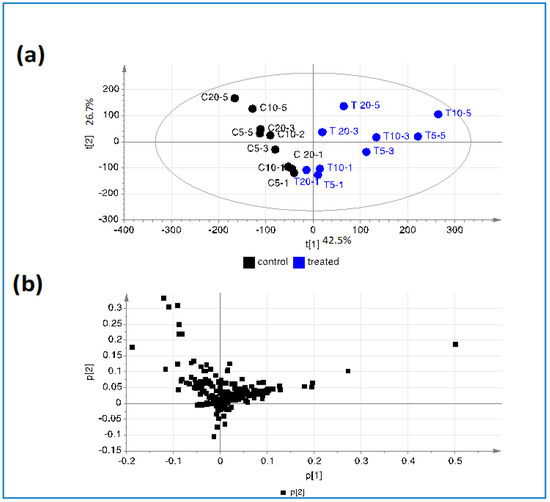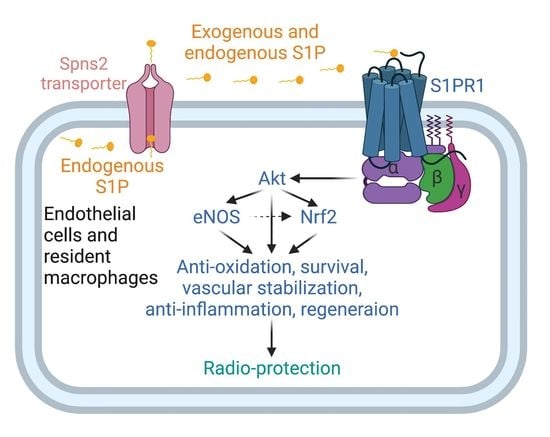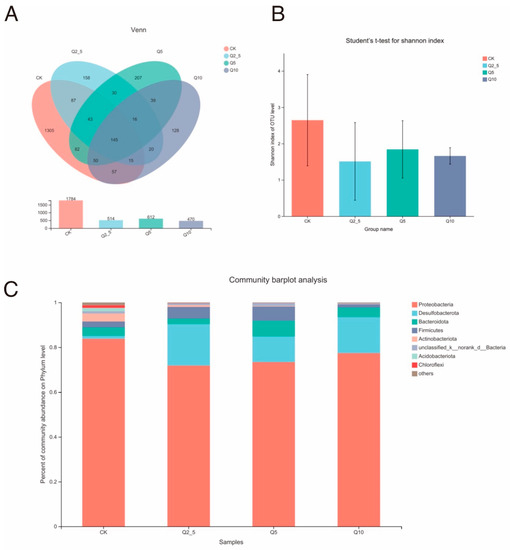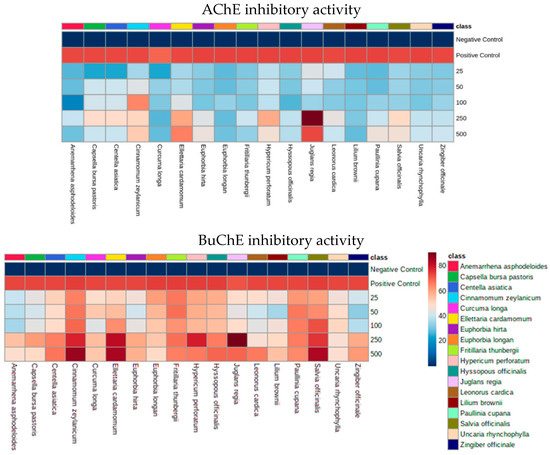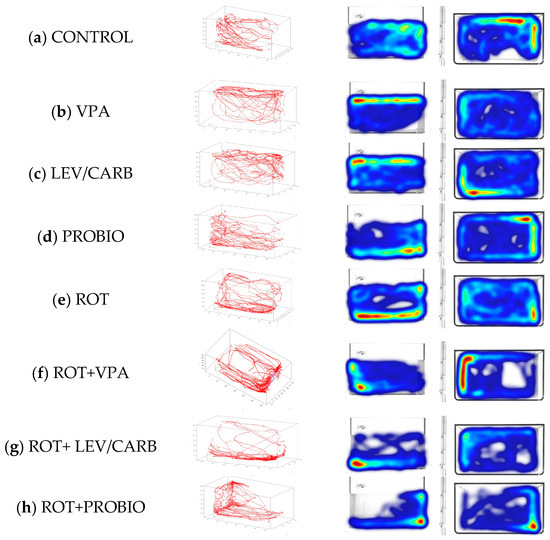Antioxidants 2022, 11(10), 2055; https://doi.org/10.3390/antiox11102055 - 19 Oct 2022
Cited by 8 | Viewed by 2630
Abstract
Moderate wine consumption has been associated with several benefits to human health due to its high polyphenol content. In this study, we investigated whether polyphenols contained in a particular red wine, rich in polyphenols, can pass the cell membrane and switch the oxidant/antioxidant
[...] Read more.
Moderate wine consumption has been associated with several benefits to human health due to its high polyphenol content. In this study, we investigated whether polyphenols contained in a particular red wine, rich in polyphenols, can pass the cell membrane and switch the oxidant/antioxidant balance toward an antioxidant pattern of THP-1 cells and human cardiomyocytes through a gene regulatory system. First, we identified which metabolite polyphenols present in red wine extract cross cell membranes and may be responsible for antioxidant effects. The results showed that the wine metabolites in treated cells belonged mainly to stilbenes, flavan-3-ols derivatives, and flavonoids. Other metabolites present in cells were not typical wine metabolites. Then, we found that red wine extract dose-dependently lowered reactive oxygen species (ROS) induced by tert-butyl hydroperoxide (TBHP) up to 50 ± 7% in both cell lines (p < 0.01). Furthermore, wine extract increased nuclear Nrf2 of about 35 ± 5% in both cell lines (p < 0.01) and counteracted its reduction induced by TBHP (p < 0.01). The rise in Nrf2 was paralleled by the increase in hemeoxygenase-1 and glutamate-cysteine ligase catalytic subunit gene expression (both mRNA and protein) (p < 0.01). These results could help explain the healthful activity of wine polyphenols within cells.
Full article
(This article belongs to the Special Issue Potential Benefits of Antioxidant Phytochemicals on Endogenous Antioxidants Defences in Chronic Diseases)
►
Show Figures
